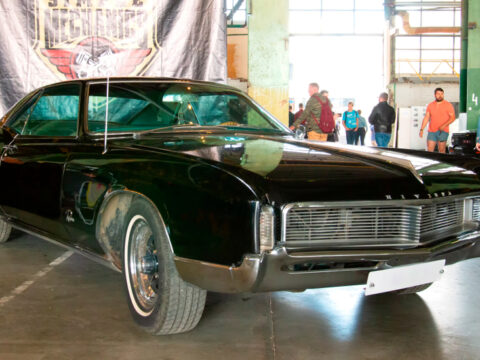Hydrogen fuel cell technology holds great promise for reducing emissions in the trucking industry, but several obstacles are slowing its progress. From high costs to infrastructure challenges, these roadblocks make it difficult for hydrogen trucks to compete with other technologies. This article explores the key factors holding back hydrogen fuel cells from becoming a mainstream solution in heavy-duty transportation.
Contents
High Production Costs

Hydrogen fuel cell technology remains costly to develop, particularly due to the use of expensive materials like platinum in the cells. These high production costs make it difficult for hydrogen trucks to compete with traditional diesel or battery-electric trucks. Without significant cost reductions, widespread adoption will be slow.
Limited Hydrogen Infrastructure
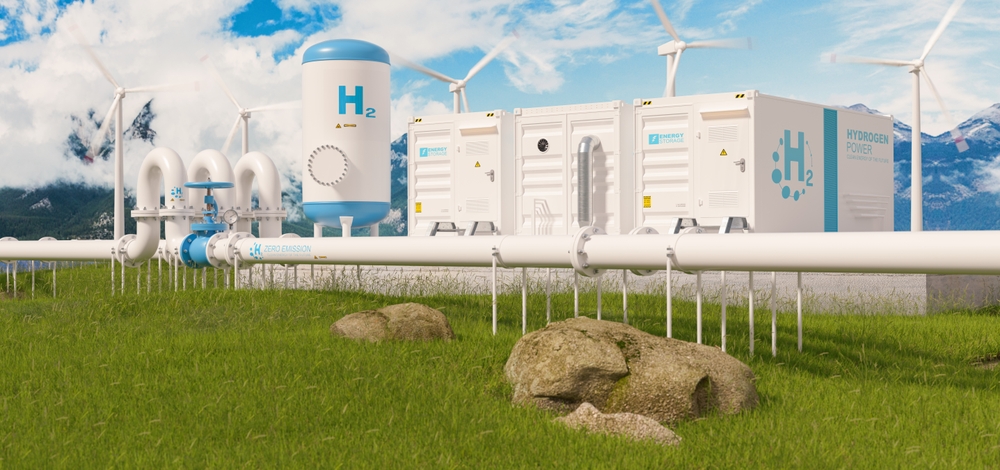
The infrastructure for hydrogen refueling is severely lacking, especially compared to diesel and electric charging stations. This limited network makes it challenging for hydrogen trucks to operate on long-haul routes, which demand a more extensive refueling network. Establishing more hydrogen stations across key logistics routes is essential. Until then, the limited refueling options remain a significant barrier to adoption.
Energy Efficiency
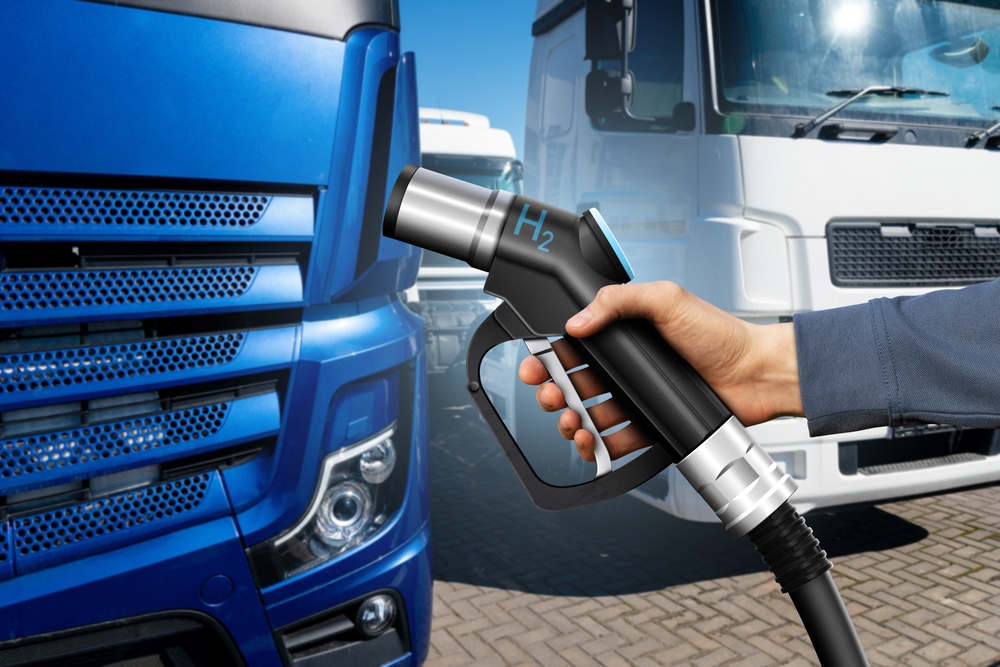
Hydrogen fuel cells are less energy efficient than battery-electric trucks. Converting energy to hydrogen and back to electricity results in significant losses during each stage. As a result, more energy is needed to power hydrogen trucks compared to other technologies. Improving the efficiency of fuel cells is necessary to make hydrogen a competitive option.
High Energy Requirements for Hydrogen Production

Producing hydrogen, especially through electrolysis, consumes vast amounts of energy. If the electricity used for production comes from non-renewable sources, the environmental benefits of hydrogen are diminished. Until green hydrogen production can be scaled up efficiently, hydrogen-powered trucks may not achieve their full environmental potential. More focus on renewable-powered electrolysis could alleviate this issue.
Vehicle Weight

Hydrogen fuel cell systems add considerable weight to trucks, particularly due to the heavy storage tanks required for compressed hydrogen. This extra weight reduces the payload capacity, affecting the overall efficiency and profitability of freight operations. Lighter and more compact storage solutions need to be developed to counterbalance this challenge. Payload restrictions remain a limiting factor for the technology’s practicality in trucking.
Durability of Fuel Cells
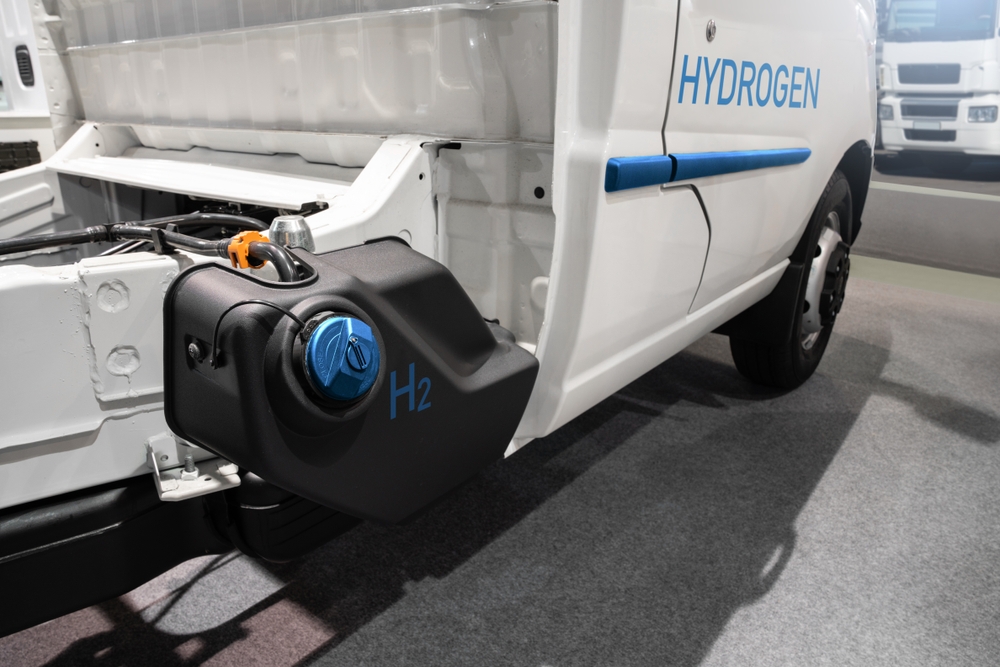
Fuel cells face durability challenges, especially in heavy-duty applications like trucking. Over time, the performance of fuel cells degrades, particularly when exposed to harsh operating conditions. Developing more robust fuel cell technologies that can withstand the stresses of long-distance travel is essential. The durability of current systems often falls short of what is needed for commercial viability.
Limited Range
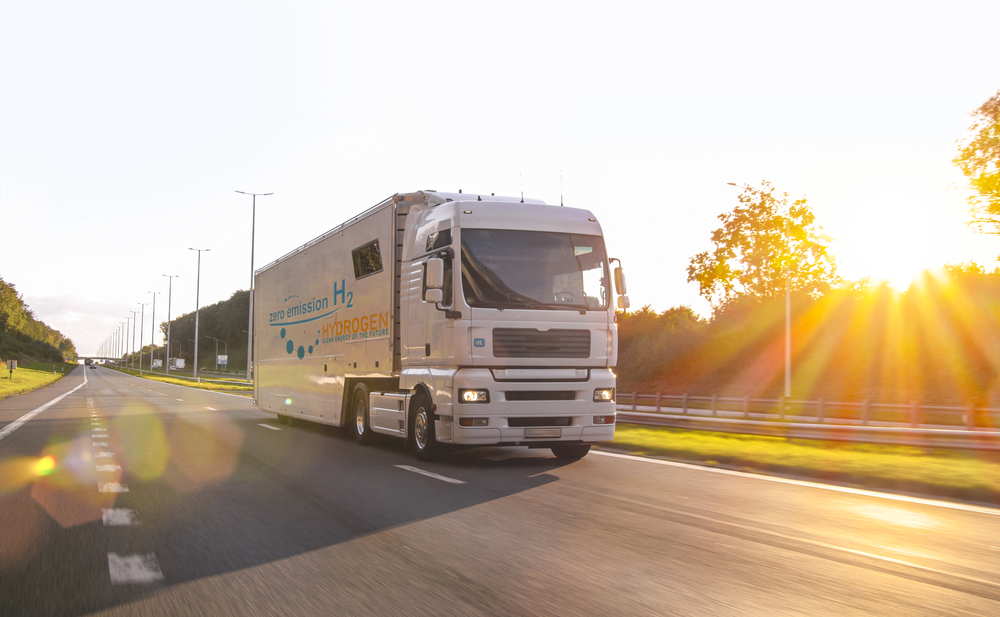
Hydrogen trucks generally offer a shorter range than diesel counterparts, which limits their effectiveness in long-haul operations. Even though hydrogen fuel cells refuel faster than batteries charge, range anxiety remains a concern for fleet operators. Increasing the range of hydrogen trucks will be vital to their success in logistics. The balance between fuel capacity and truck weight poses a significant design challenge.
Competition with Battery-Electric Trucks
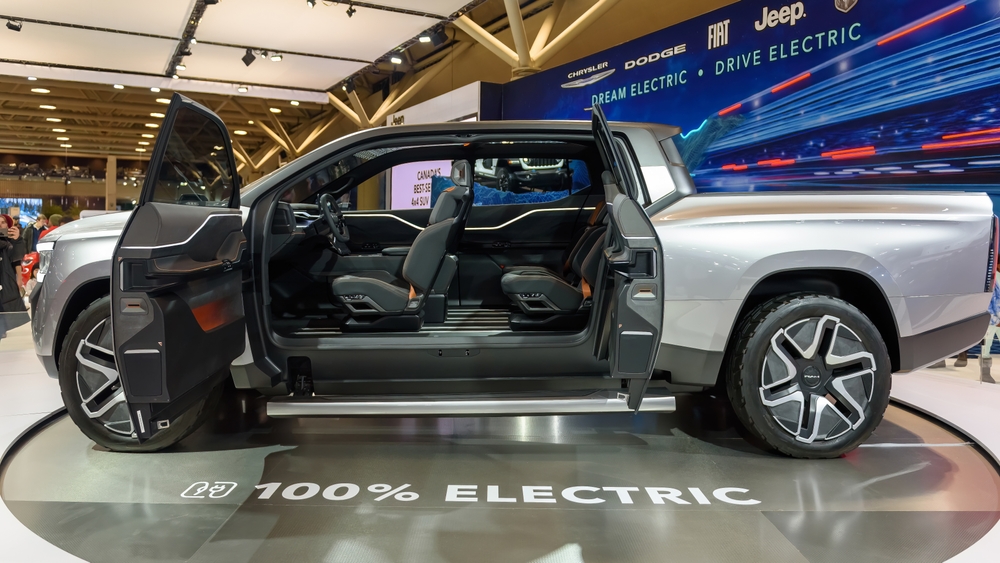
Battery-electric trucks have a head start over hydrogen trucks in terms of infrastructure, cost, and technology development. With major automakers and governments heavily investing in electric vehicle infrastructure, hydrogen trucks must differentiate themselves in areas like range and refueling speed. The rapid advancement of battery technology creates an uphill battle for hydrogen trucks. Competing technologies limit hydrogen’s growth potential in certain markets.
Storage and Transportation Challenges
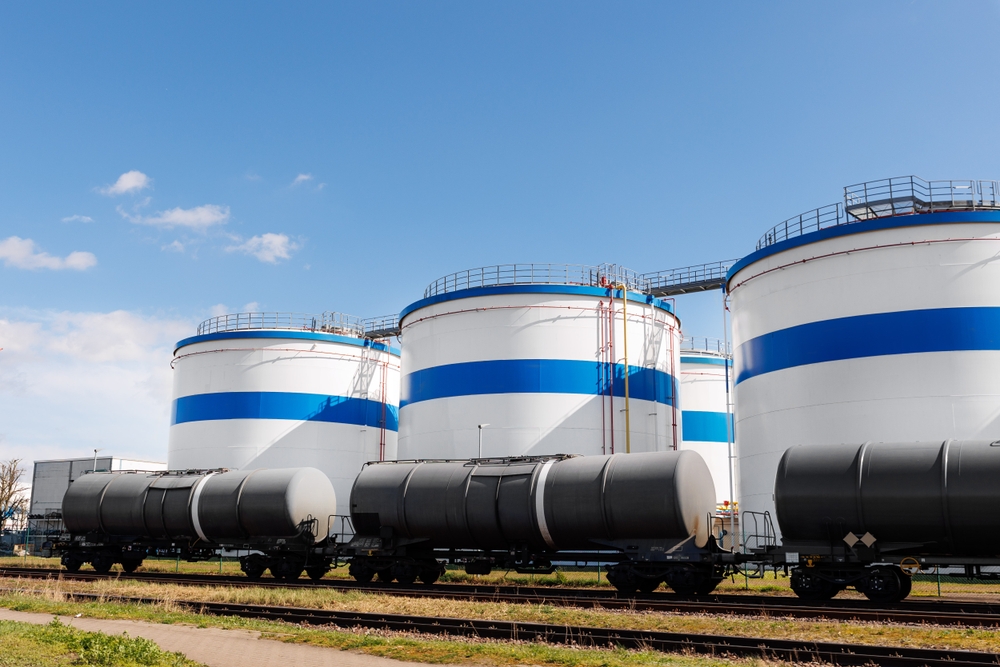
Storing and transporting hydrogen is more complex than diesel or electricity due to its low energy density and flammability. Hydrogen must be stored at high pressures or extremely low temperatures, which requires advanced materials and technologies. These challenges increase costs and complicate logistics. Finding safer, cheaper ways to store and transport hydrogen is key to making the technology more practical for trucking.
Public Perception and Safety Concerns
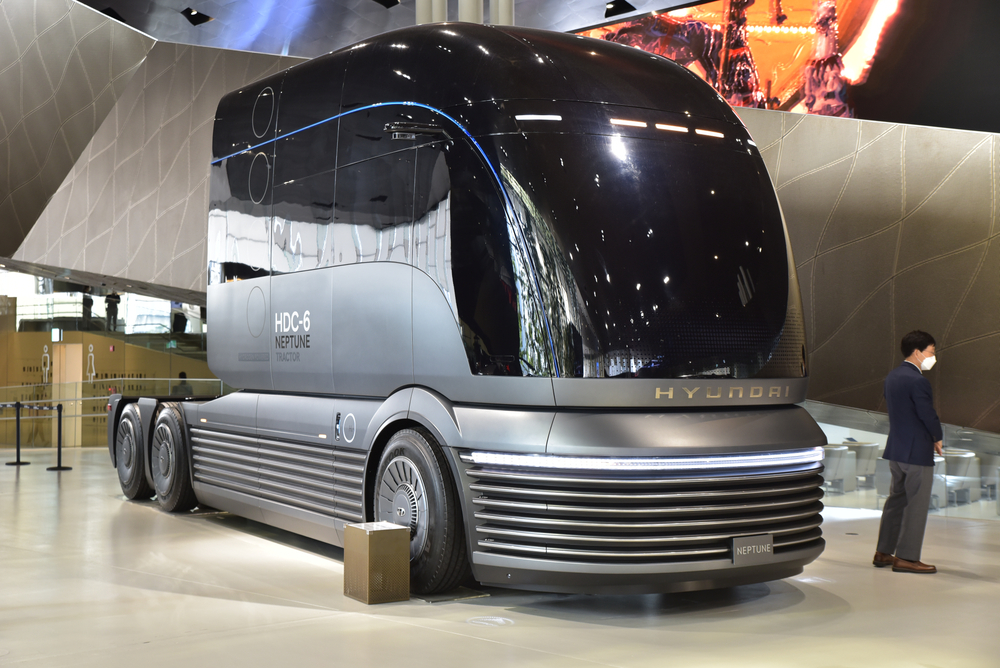
Despite the safety measures in place, hydrogen still carries a perception of danger due to its flammability. This concern, whether justified or not, can delay both consumer acceptance and policy support for hydrogen trucks. Public education campaigns focusing on the safety improvements made in hydrogen technology could help alleviate these fears. Shifting public opinion will be essential for widespread adoption.
Lack of Government Support and Incentives

While some governments are promoting hydrogen technology, many regions offer stronger incentives for battery-electric vehicles. This imbalance in support slows the development of hydrogen infrastructure and technology. More targeted incentives for hydrogen trucks could accelerate the adoption curve. Without policy support, hydrogen trucks may struggle to gain a foothold in key markets.
Competition for Renewable Energy Resources

Hydrogen production, especially green hydrogen, relies heavily on renewable energy sources such as wind or solar. However, these same resources are already in high demand for direct electrification efforts. Balancing the energy needs for hydrogen production with those of other sectors presents a major hurdle. Prioritizing resource allocation is key for ensuring hydrogen trucks can scale sustainably.
Maintenance and Repair Complexity
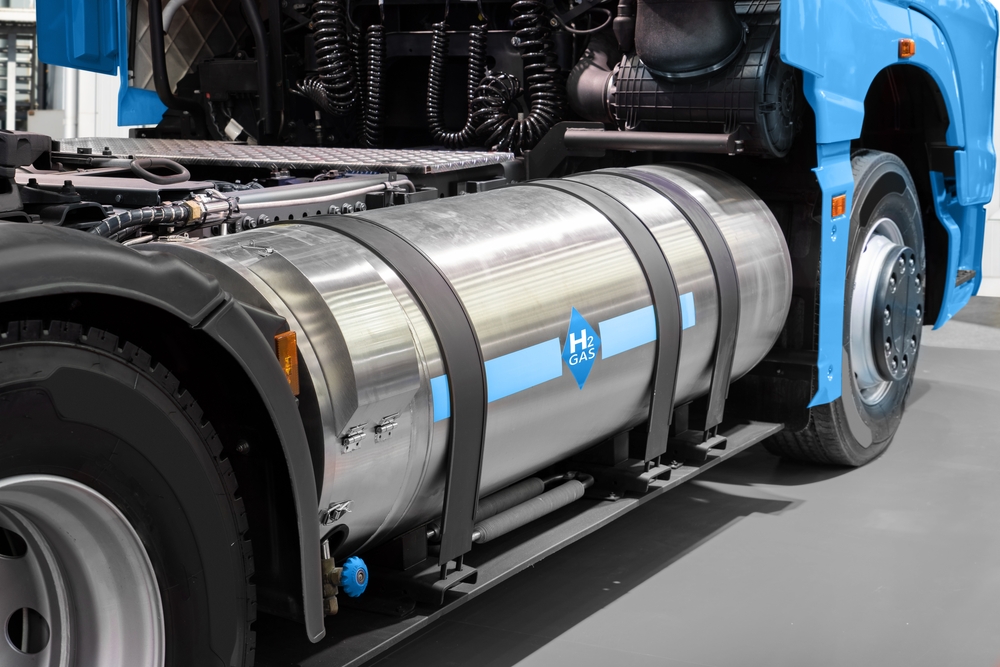
Hydrogen fuel cell trucks are more mechanically complex than diesel or electric trucks, which increases the difficulty and cost of repairs. Technicians need specialized training to handle fuel cell systems, and spare parts are often harder to source. Streamlining maintenance procedures and building a robust supply chain for parts will be crucial to overcoming this challenge. Until then, the complexity of fuel cell trucks remains a barrier.
Water Vapor Emissions
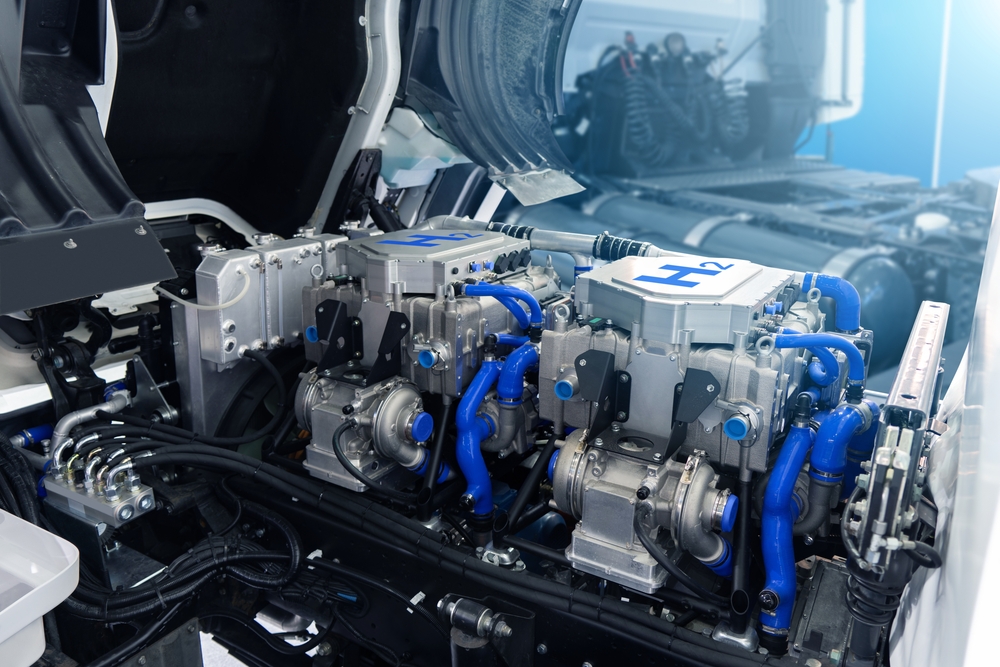
Although hydrogen fuel cells only produce water vapor as emissions, this can still pose issues in certain climates or environments. For example, increased humidity in urban areas could exacerbate heat effects or impact air quality. While this is a relatively minor issue compared to traditional emissions, it requires careful consideration in city planning. Further research on the environmental impacts of water vapor from hydrogen trucks may be necessary.
High Initial Investment for Fleets

The upfront costs for hydrogen fuel cell trucks and the infrastructure required to support them are high, which discourages fleet operators from adopting the technology. While the total cost of ownership could be lower in the long term, the initial investment remains a significant hurdle. Offering financial incentives and reducing upfront costs will be critical for accelerating adoption in commercial fleets.
Intellectual Property and Technology Barriers

Many of the key advancements in hydrogen fuel cell technology are protected by intellectual property laws, which can restrict smaller companies from innovating or reducing costs. Collaborations between companies or open-source initiatives could help democratize access to this technology. Intellectual property barriers may slow the broader rollout of hydrogen trucks, especially in developing regions.
This article originally appeared in MyCarMakesNoise.
More from MyCarMakesNoise
20 Revolutionary Motorcycles That Changed the Industry

Motorcycles have always been more than just machines—they’re symbols of freedom, innovation, and style. Over the years, certain models have stood out, leaving a lasting impact on the industry. Read More.
16 Must-Visit Naval Museums Featuring Historic Ships and Submarines

Naval museums offer a unique glimpse into maritime history, showcasing historic ships and submarines that played vital roles in shaping the world. Read More.
16 Sleeper Cars from the 70s and 80s Worth Revisiting

Sleeper cars from the 70s and 80s are a fascinating blend of unassuming looks and surprising performance. These vehicles may not have turned heads at first glance, but under the hood, they packed enough power to rival more obvious sports cars. Read More.



